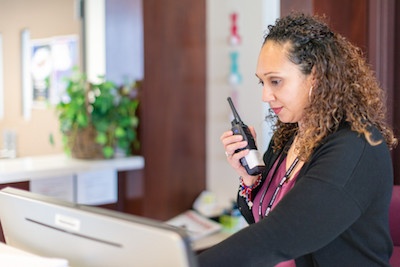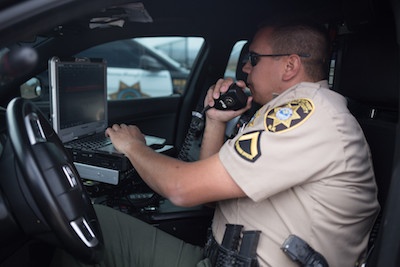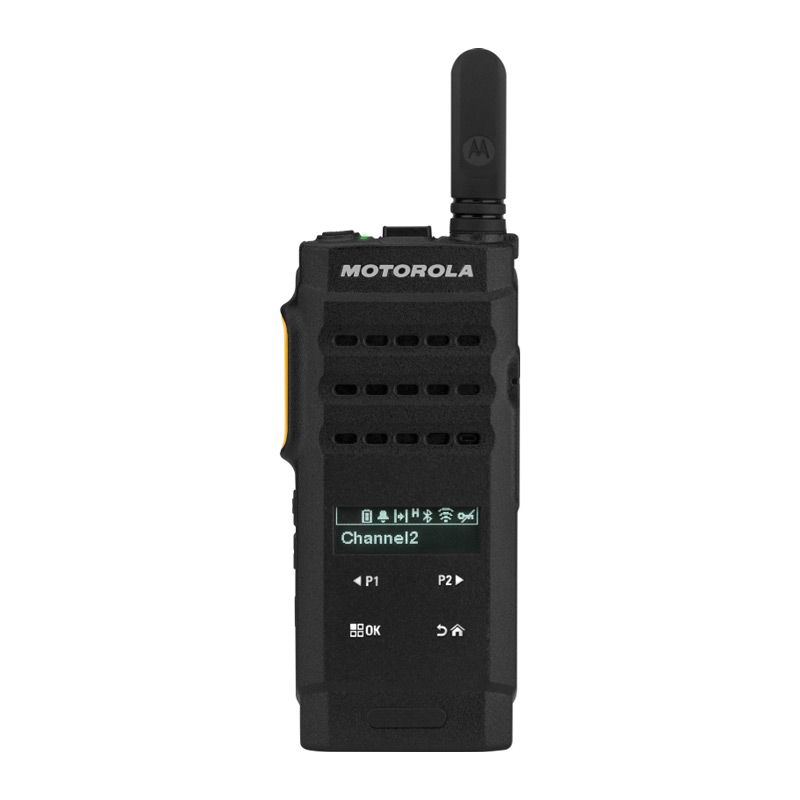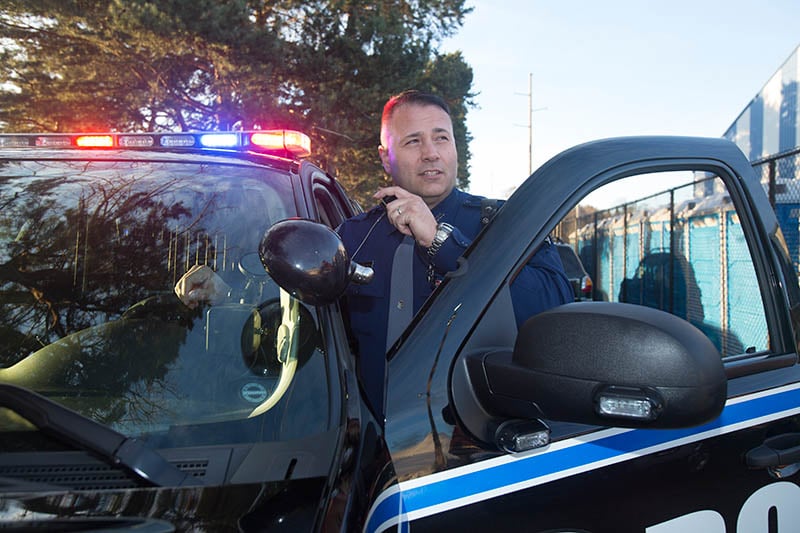Companies with great internal communications didn’t get to where they are by accident – they have worked hard to break down silos, enable collaboration and have the right tools at the ready.
Across industries, well-connected workforces are safer, more productive and more efficient, and there is a single solution that makes it happen: two-way radios.
What four things do companies with great internal communications already know? It starts and ends with radios.











